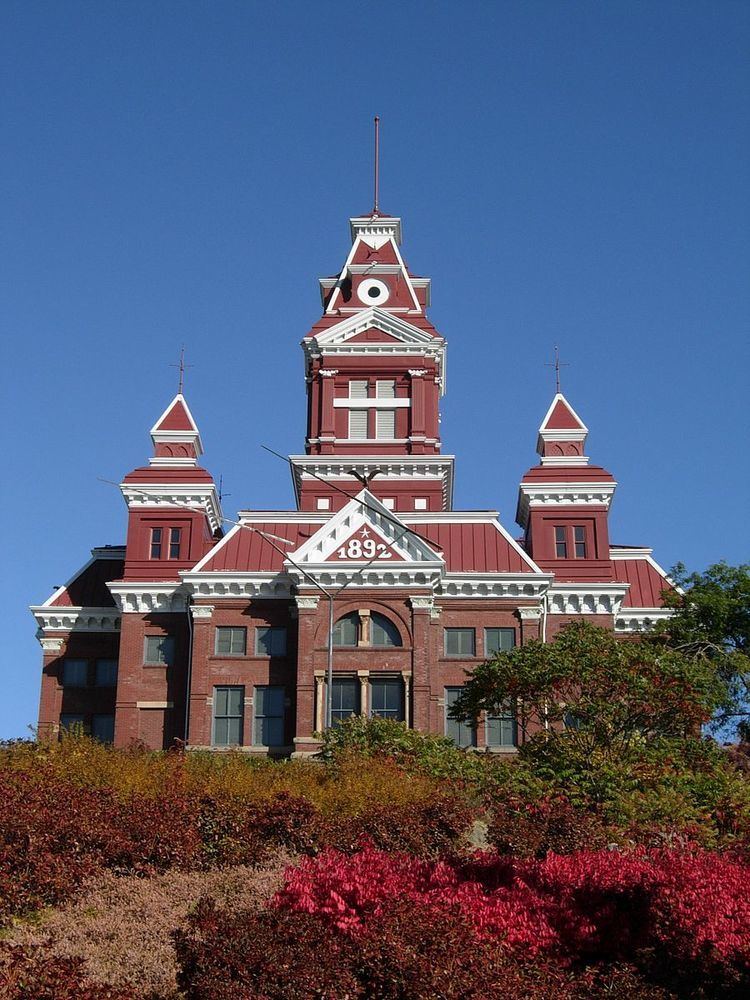Location Bellingham, Washington Architect Alfred Lee NRHP Reference # 70000648 Phone +1 360-778-8930 | Built 1892 Architectural style Late Victorian Added to NRHP April 03, 1970 | |
 | ||
Address Lightcatcher, 250 Flora Street;, Old City Hall, 121 Prospect Street, Bellingham, WA 98225, United States Hours Open today · 12–5PMSaturday12–5PMSunday12–5PMMondayClosedTuesdayClosedWednesday12–5PMThursday12–5PMFriday12–5PMSuggest an edit Similar Lightcatcher Museum, SPARK Museum of Electrical, Mount Baker Theatre, Bellingham Railway Museum, Whatcom Falls Park Profiles | ||
Inside whatcom museum lightcatcher
The Whatcom Museum (housed in the Old City Hall, Lightcatcher building and Syre Education Center) was originally built in 1892 as the city hall for the former town of New Whatcom, before it was joined with surrounding towns to form Bellingham, Washington. The building was designed in a Late Victorian style by Alfred Lee, a local architect, who used red brick and Chuckanut Sandstone for its construction. The design itself was an almost exact replica of the second Saginaw County Courthouse in Saginaw, Michigan (1884, Destroyed 1971), Designed by Fred W. Hollister.
Contents
At the time of construction, the building was situated on a bluff above Bellingham Bay. However, over the years, significant amounts of the waterfront were filled in to make more land. Currently, the building sits above Maritime Heritage Park.
The building served as city hall until 1936, and became part of the museum in 1941. In 1962, the fire damaged the building, but efforts from the community raised money to restore the building.
In 2009, The Whatcom Museum opened a location in the newly designed Lightcatcher building. The Lightcatcher, designed by Seattle-based Olson Kundig Architects, is named for its 37 feet high and 180 feet long translucent wall, which facilitates a number of energy saving strategies.
Currently, the Whatcom Museum is a three building campus that includes Old City Hall, Syre Education Center and Lightcatcher which encloses the Family Interactive Gallery (FIG).
